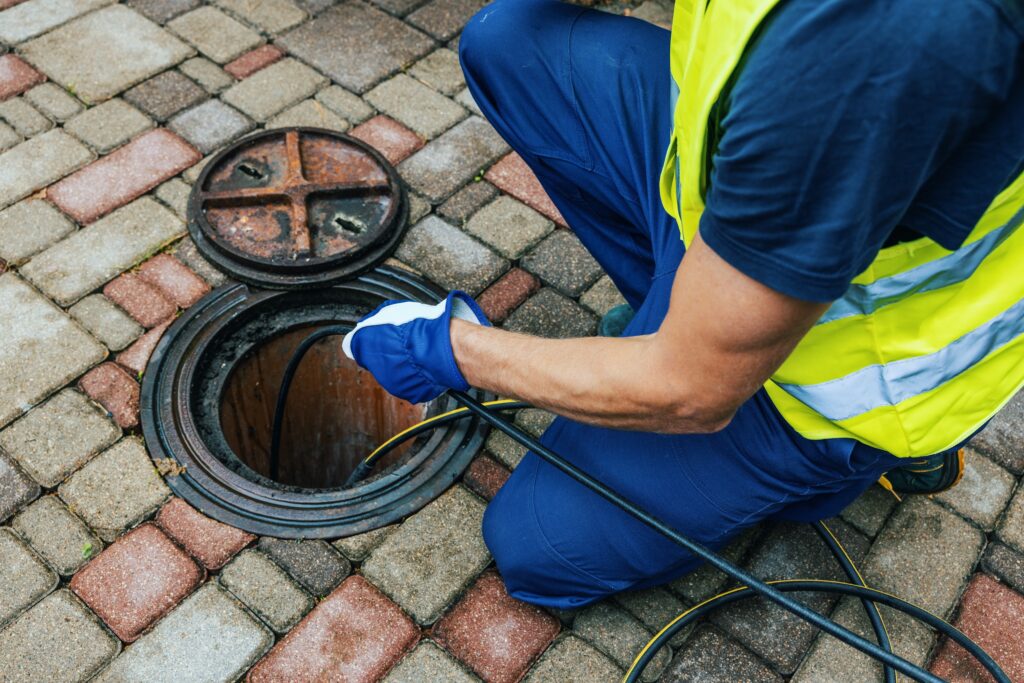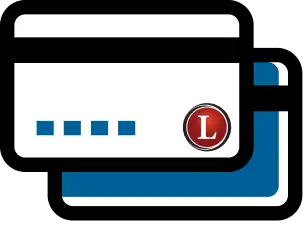If you’ve ever peeked under your bathroom vanity or kitchen sink cabinet to see a funny looking bend in the pipe, and wondered what it’s doing there, you wouldn’t be the first. The P-shaped or U-shaped bend in the drain pipe is known as a “trap,” and it’s responsible for ensuring that your home doesn’t begin to stink. We’d like to use this post to explain to our customers about what a drain trap is and why it’s important to your home plumbing system. For more information, ask a Martinsburg, WV plumber—call Larry & Sons today for comprehensive plumbing services, including drain repair.
Unlike your water supply system, which operates by being pressurized, your wastewater disposal system works by means of gravity. So, you may ask, why doesn’t my second-floor bathroom drainpipe go straight down into my basement? If you can imagine a straight pipe connecting straight in your sewer line, it seems as though it might be more efficient than having the drain trap. But what goes down can also come up. That includes smells. Indeed, the principle purpose behind the development of the drain trap is to prevent the smell of sewage from entering our homes.
A drain trap works by creating a water seal. The vertical dip allows a small amount of water to fill this space. This seals the drain from sewer gases and fumes. But because it’s water, it does not block the flow of the drainpipe. It’s an ingenious bit of engineering invented in the 18th century, and has saved our modern noses since. Unfortunately, there are some things that may disrupt its effectiveness. For some drains that are not used very often, basement drains for example, the water seal can periodically dry out. If the seal is partially or totally lost, it can cause bad smells to enter your home.
If your drains smell funky, you might have more to worry about than just a broken water seal in the drain trap. Call Larry & Sons to speak to an excellent Martinsburg, WV plumber today!






